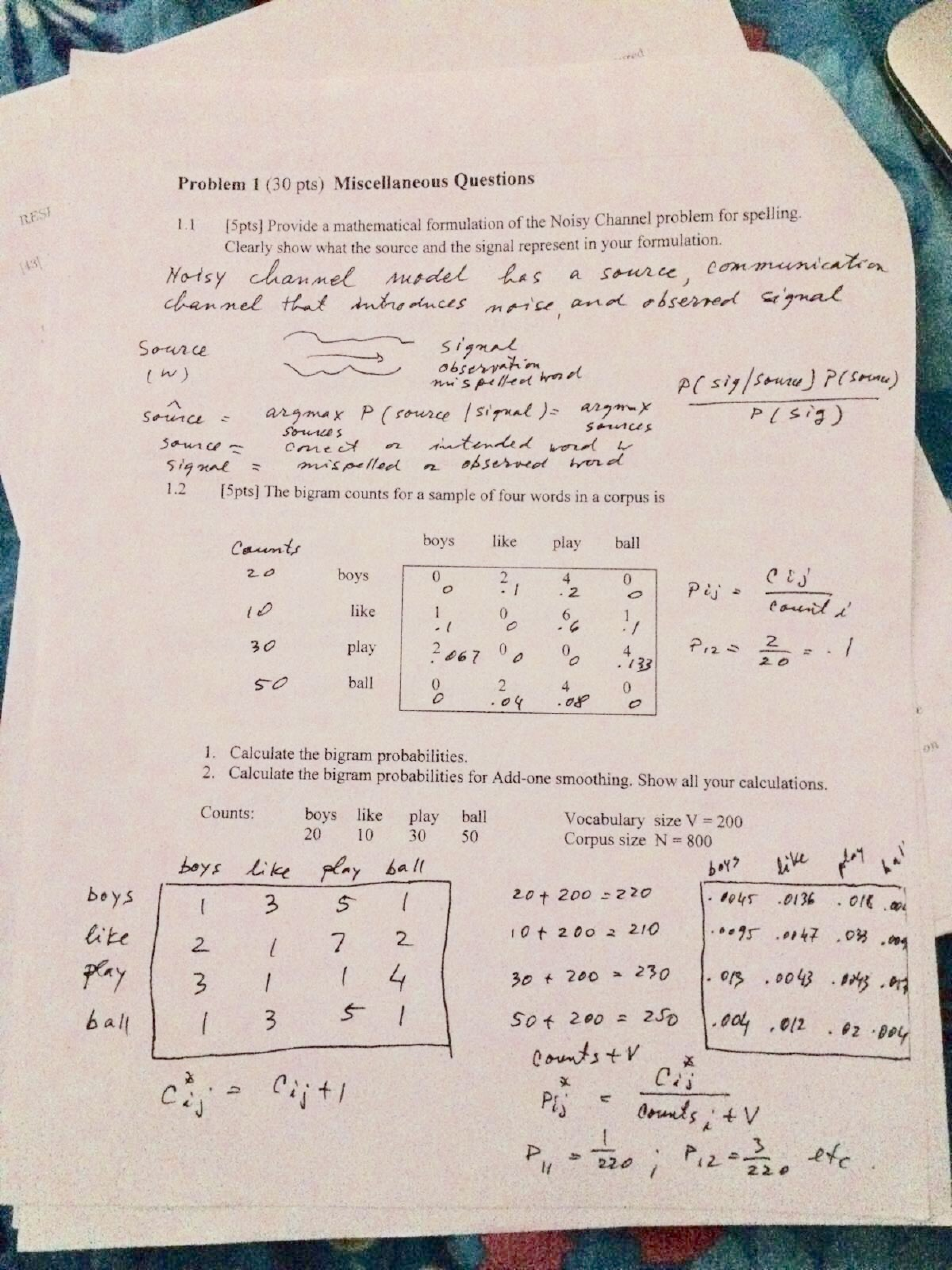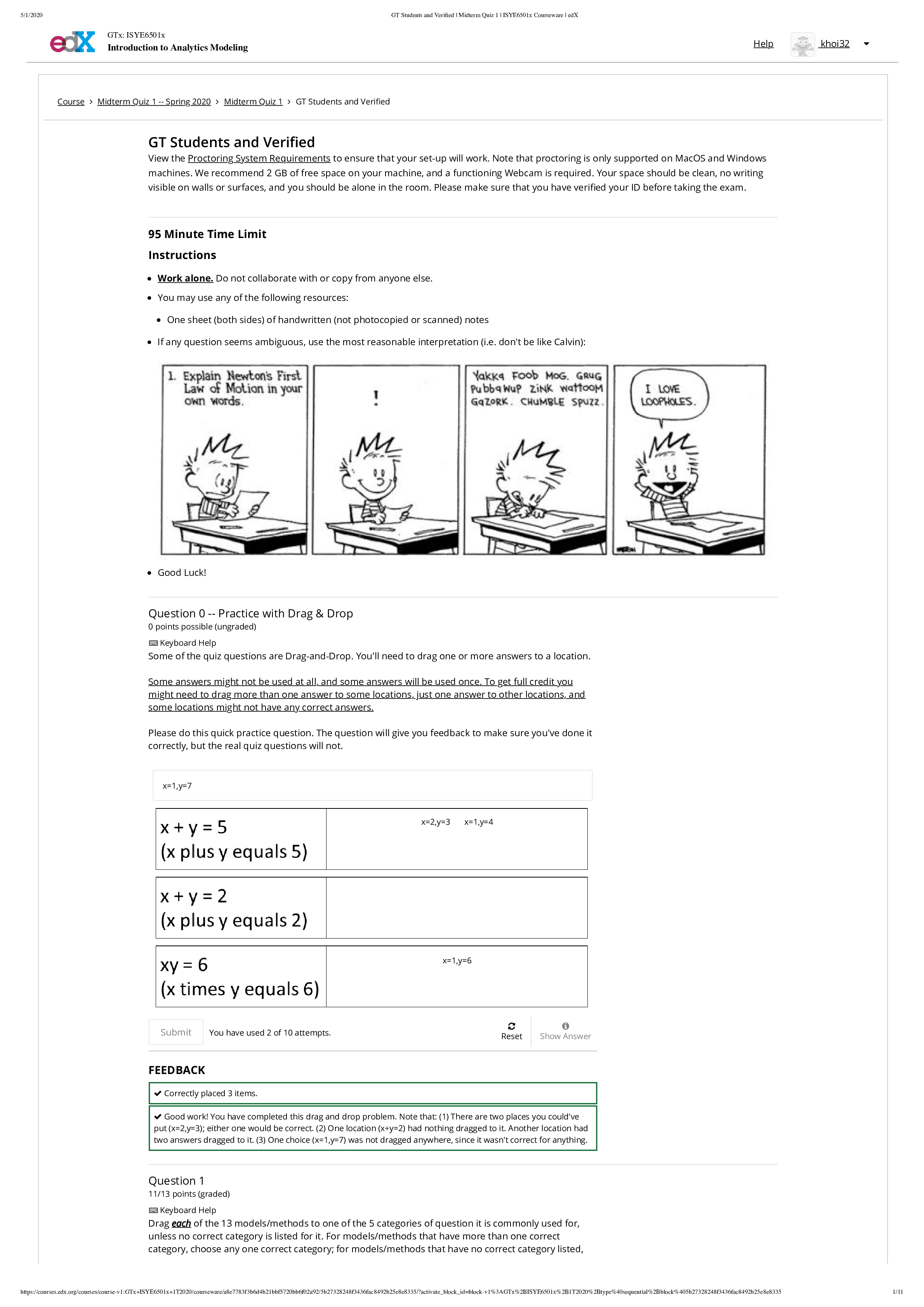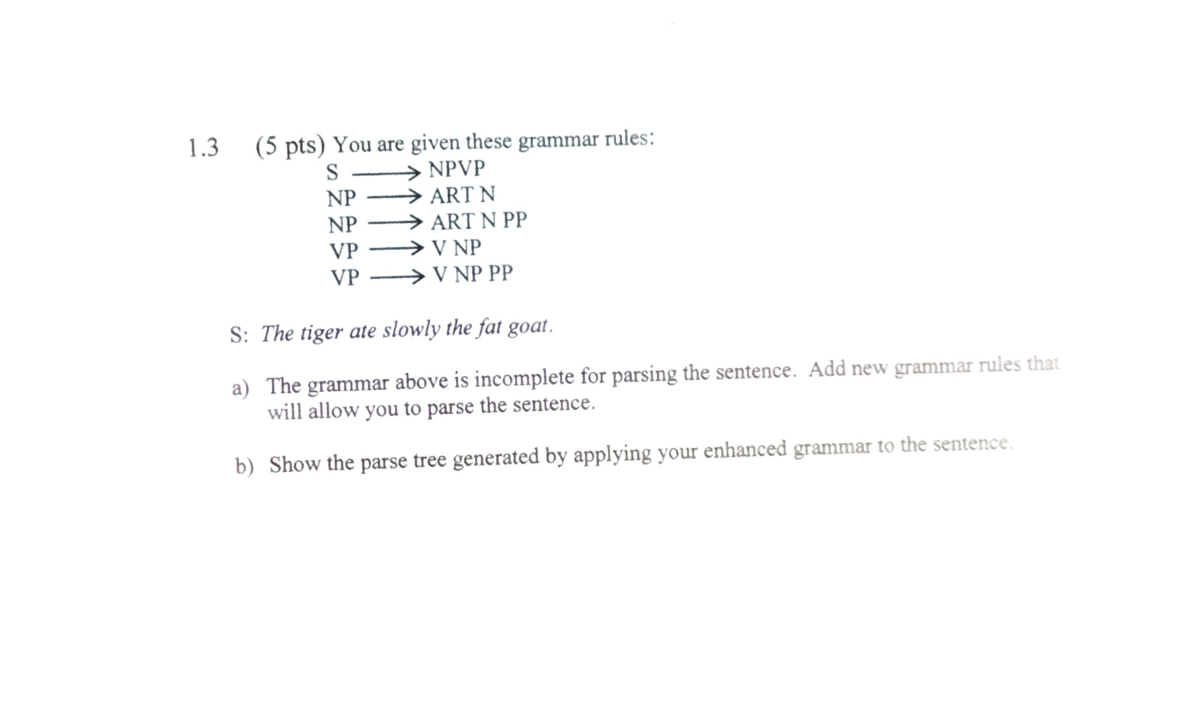Marketing > EXAM > University of Texas, Dallas - MKT 3300.0 MKT 3300Final Review10,11,13, 14 , 15, 16, 17 &18)(1)-2(1)- (All)
University of Texas, Dallas - MKT 3300.0 MKT 3300Final Review10,11,13, 14 , 15, 16, 17 &18)(1)-2(1)-5.
Document Content and Description Below
Test Review Book Chapters Ch. 10,11, 13, 14,15,16,17 & 18 Lectures Notes Closed book / notes exam Definitions, interpretation & APPLICATIONS. Multiple Choices (around 30 questions �... �� 100%) Announcement We are going to use scantron (No. 882-E) for multiple choice questions – pencil only. Only Multiple choice questions, “NO” short answer open ended questions. Chapter 10 – Product Concept Classification of products Durable vs. non-durable Types of Consumer good: convenience, shopping, specialty, unsought Product line benefit Item, Line, and Mix Why form lines? Branding Strategy Concept of Brand equity Brand extension Stages What are the stages of NPD? Chapter 10 – Product Concept A good, service, or idea consisting of a bundle of tangible and intangible attributes that satisfies consumers' needs and is received in exchange for money or something else of value is referred to as __________. A. a widget B. a product C. a service D. an idea E. merchandise Convenience products refer to A. items that consumers will make special efforts to seek out and buy. B. items for which consumers compare several alternatives on criteria such as price, quality, or style. C. products consumers purchase frequently, conveniently, and with a minimum of shopping effort. D. ancillary products used to make other products work more efficiently. E. low-cost items for which there are numerous substitutes and generic equivalents. Chapter 10 – Product Concept . In the new-product process, product ideas that survive the business analysis proceed to the __________ stage. A. market testing B. screening and evaluation C. business analysis D. development E. commercialization Test marketing involves offering a product for sale A. to random sample of people in the top ten major cities of the U.S. B. in as broad a geographic region as possible. C. to consumers that are representative of the target market. D. on a limited basis in a defined area. E. only on certain days of the week and hours of the day. Chapter 11- Managing Successful Products and Brands Product Life Cycle (PLC) Managing The PLC New product adoption and Diffusion How is it defined? Competition on each stage Marketing on each stage Chapter 11 Xerox pioneered the first portable fax machine. In 1980, the price was $12,700. Xerox was using a(n) __________ strategy to help recover the cost of its research and development. A. penetration pricing B. cost-plus pricing C. target ROI pricing D. above-market pricing E. skimming pricing Proctor and Gamble repositioned its Old Spice antiperspirant brand from a deodorant your grandfather might use to a strong, hip antiperspirant through commercials that showed the target market of 18 to 30 year old men advocating its use and through a money-back guarantee. P&G used this repositioning strategy with its Old Spice brand antiperspirant to A. react to a competitor's position. B. reach a new market. C. catch a rising trend. D. change the value offered. E. diversify its product portfolio Chapter 11 When consumers consider all types of household cleaners, they are considering the __________ of household cleaners. When consumers limit their choice of household cleaners to only those that come in spray bottles, they are considering a __________ of household cleaners. A. product class; product brand B. product group; product brand C. product line; product mix D. product mix; product line E. product class; product form Profiles of New Product Adopters Chapter 13 - Building the Price Foundation Defining Price Meaning to consumers and sellers Factors to consider when setting Prices Objectives – Total Profit (Π) = TR-TC = P*Q – (FC + UVC*Q ) Demand determinants Price elasticity & Demand analysis Cost determinants Break even analysis Chapter 13 The price equation formula is final price equals list price minus incentives and allowances plus A. profits. B. commissions. C. trade-ins. D. extra fees. E. taxes. The ratio of perceived benefits to __________ is referred to as value. A. price B. prestige C. perceived quality D. profits E. perceived costs Chapter 13 Creative marketers engage in value-pricing, which is the practice of simultaneously increasing product and service benefits and _________. A. increasing costs B. increasing price C. advertising more D. decreasing costs E. maintaining or decreasing price The competitive market situation in which the few sellers are sensitive to one another's prices is referred to as A. pure monopoly. B. oligopoly. C. monopolistic competition. D. pure competition. E. oligopolistic competition. Chapter 14 – Arriving at the Final Price Demand oriented etc. – new product pricing: Price Skimming vs. Penetration Pricing Other approaches Bundle Experience curve Loss-leader Chapter 14 Which of the following is a cost-oriented pricing method? A. standard markup pricing B. loss leader pricing C. at-, above-, or below-market pricing D. price lining E. penetration pricing Using _________, many retailers deliberately sell products below their normal prices (and sometimes below cost) to attract attention and induce additional store traffic. A. customary pricing B. below-market pricing C. loss-leader pricing D. prestige pricing E. penetration pricing Chapter 14 A flexible-price policy refers to A. setting the price of a line of products at a number of different specific pricing points. B. setting of prices for all items in a product line to cover the total cost and produce a profit for the complete line, not necessarily for each item. C. setting different prices for products and services depending on individual buyers and purchase situations. D. deliberately selling a product below its customary price, not to increase sales, but to attract customers' attention in hopes that they will buy other products as well. E. Adding a fixed percentage to the cost of all items in a specific product class. Product-line pricing refers to A. setting the price of a line of products at a number of different specific pricing points. B. setting of prices for all items in a product line to cover the total cost and produce a profit for the complete line, not necessarily for each item. C. deliberately selling a product below its customary price, not to increase sales, but to attract customers' attention in hopes that they will buy other products as well. D. adding a fixed percentage to the cost of all items in a specific product class. E. the marketing of two or more products in a single package. Chapter 15 – Marketing Channel Marketing Channels Why intermediaries are needed? Functions of Intermediaries Channel Structure Types Design and Management - Distribution intensity Management - Channel conflict Channel Behavior – Channel Conflict Vertical conflict: conflict between different levels of the same channel Disintermediation Profit allocation Product with not adequate attention at the retail level Horizontal conflict: conflict among members at the same channel level Increased distribution coverage The same brand carried by different types of retailers “Free riding” problem Chapter 15 Intermediaries who perform a variety of distribution functions, including selling, maintaining inventories, extending credit, and so on are referred to as ________. A. dealers B. brokers C. retailers D. wholesalers E. distributors Creating product assortments from several sources to serve customers would be an example of a __________ function. A. transactional B. logistical C. facilitating D. selling E. risk taking Chapter 15 Mail order selling, catalog sales, and telemarketing, are all examples of A. indirect channels. B. direct marketing channels. C. multi-marketing channels. D. personal selling. E. direct channels. Vertical conflict refers to conflict that occurs between A. two members in the same level of a marketing channel. B. two different levels in a marketing channel. C. members of upper management who make the marketing channel decisions and lower management who must implement these decisions. D. a firm's and its customers' goals. E. two producers of the same product vying for the same distribution channel members. Chapter 16 – Retailing & Wholesaling Utility provided by retailers Types of Retailers Ownership Based on Product Line (assortment) Retailer Marketing Decisions Breadth and depth of product assortment Width (Breath) and depth of product assortment Chapter 16 Retailing refers to all activities involved in the A. selling of tangible products to ultimate consumers for personal, family, or household use. B. selling of tangible products to ultimate consumers for personal, household, or industrial use. C. selling, renting, leasing, or reselling of products and services to ultimate consumers or small industrial users. D. selling, renting, and providing products and services to ultimate consumers for personal, family, or household use. E. selling, renting, and providing products and services without taking direct title to these offerings. The three commonly used terms to describe levels of service are: A. self-service, limited service, and full service. B. self-service, sales-service, and customer service C. self-service, automated service, and online service. D. limited service, full service, and automated service. E. wholesaler service, retailer service, and customer service. Chapter 16 Vending machines are an example of _________. A. hypermarkets B. direct mail C. scrambled merchandising D. nonstore retailing E. intertype competition Emphasizing consistently low prices and eliminating most markdowns is referred to as a(n) _________. A. low-margin pricing B. everyday low pricing C. everyday fair pricing D. value-based pricing E. maintained pricing Chapter 17 - IMC Promotional Mix Role in Marketing mix – Project based with 3 P’s information Marketing Communication Objectives of promotion – inform, persuade, remind Element characteristics (4 elements) Push and Pull Strategy Chapter 17 Which of the following would be least likely to be used for mass selling? A. advertising B. personal selling C. public relations D. sales promotion E. publicity Chapter 17 Advertising refers to A. nonpersonal, indirectly paid presentation of an organization, service, or product. B. a short-term inducement of value offered to arouse interest in buying a product or service. C. methods used to get a nonpersonal, indirectly paid presentation of a company or its products. D. any paid form of nonpersonal communication about an organization, product, service, or idea by an identified sponsor. E. any unpaid form of personal presentation of products and services. A food warehouse store got a very good buy on a brand of frozen orange juice and, rather than maintain it as extra inventory, needs to sell it quickly to consumers. Which promotional element should be used? A. advertising B. personal selling C. sales promotion D. publicity E. direct marketing Promotional Mix A comparison of push and pull promotional strategies Chapter 18 Advertising Major types – Institutional, Product (pioneering, competitive, comparative) Advertising Plan Objective – Message strategy (Benefit, Appeal, Execution)– Media selection – Evaluation Media class characteristics – TV, Radio, Magazine, News paper, Internet Media Time scheduling – Continuous, Pulsing Reach, frequency, CPM Chapter 18 Sales Promotion Definition. Target and Objectives Tools – Consumer sales promotion Tools – Trade Promotion Public Relations Chapter 18 Advertisements that focus on selling a product or service and which take three forms: (1) pioneering (or informational); (2) competitive (or persuasive); and (3) reminder are referred to as A. product advertisements. B. service advertisements. C. persuasive advertisements. D. institutional advertisements. E. cooperative advertisements. The first decision in developing an advertising program is to A. set the budget. B. state its mission. C. identify the target audience. D. select the appeal. E. select the media. Chapter 18 The number of different people or households exposed to an advertisement is referred to as A. scope B. share C. reach D. CPM E. rating [Show More]
Last updated: 2 years ago
Preview 1 out of 36 pages

Buy this document to get the full access instantly
Instant Download Access after purchase
Buy NowInstant download
We Accept:

Reviews( 0 )
$17.00
Can't find what you want? Try our AI powered Search
Document information
Connected school, study & course
About the document
Uploaded On
May 27, 2020
Number of pages
36
Written in
Additional information
This document has been written for:
Uploaded
May 27, 2020
Downloads
0
Views
84

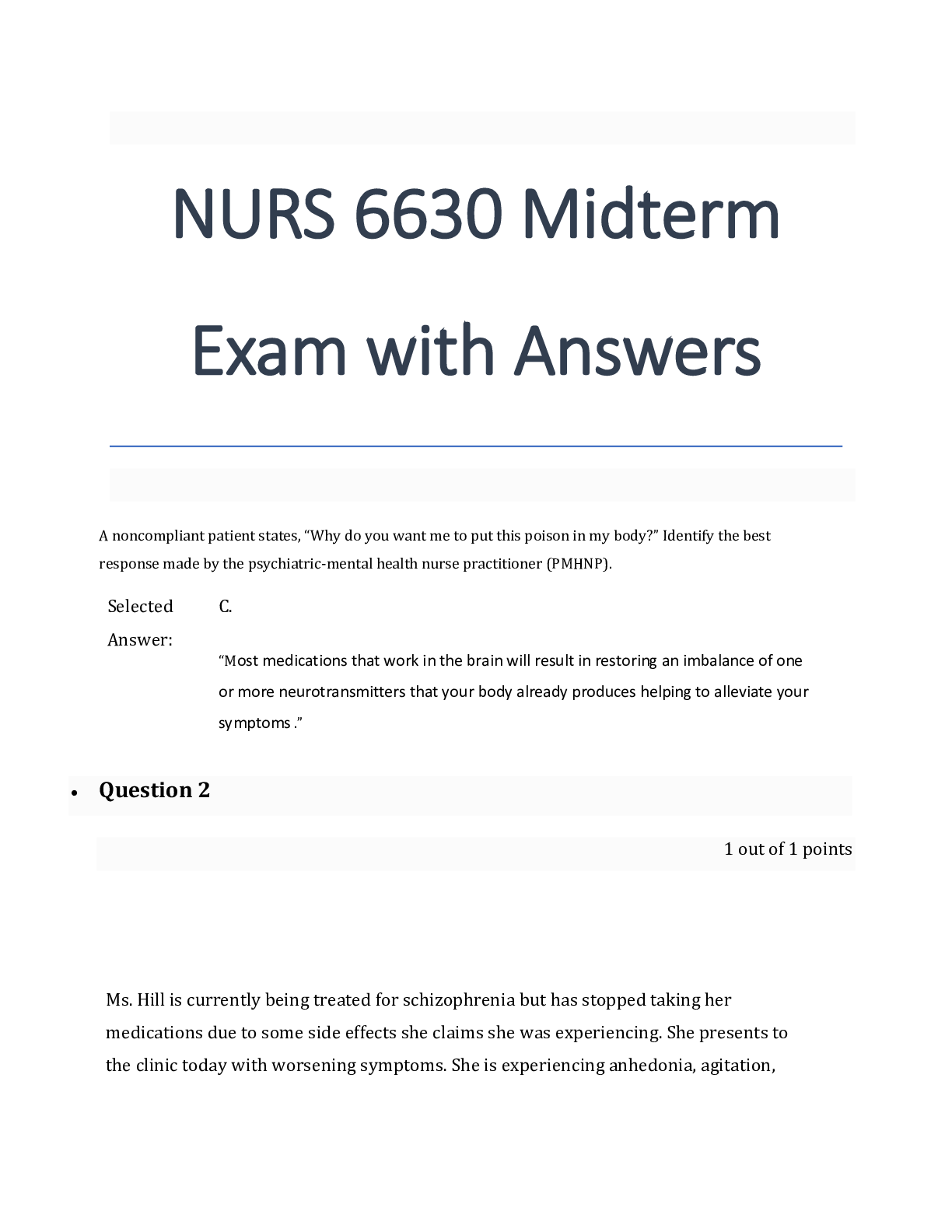

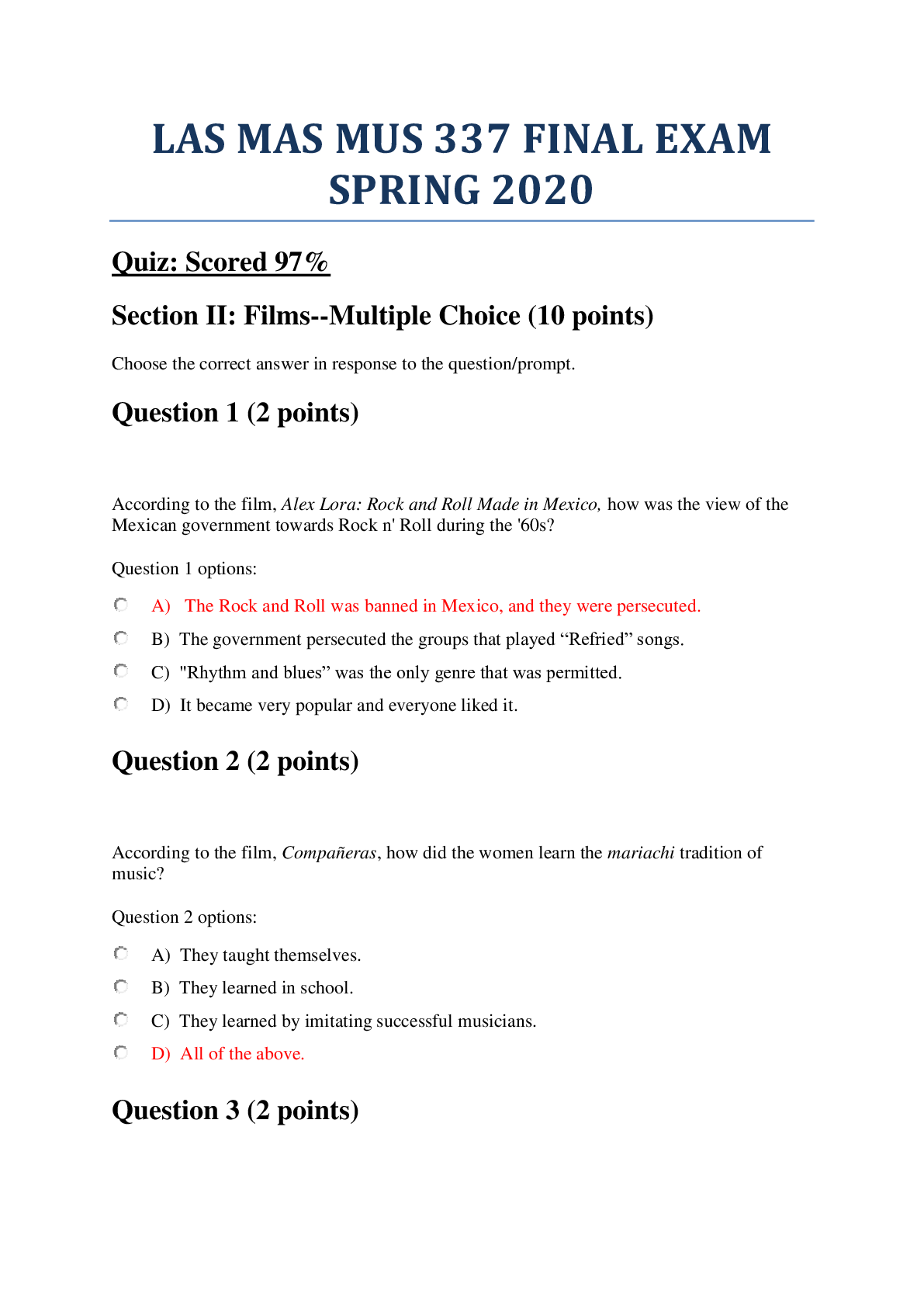




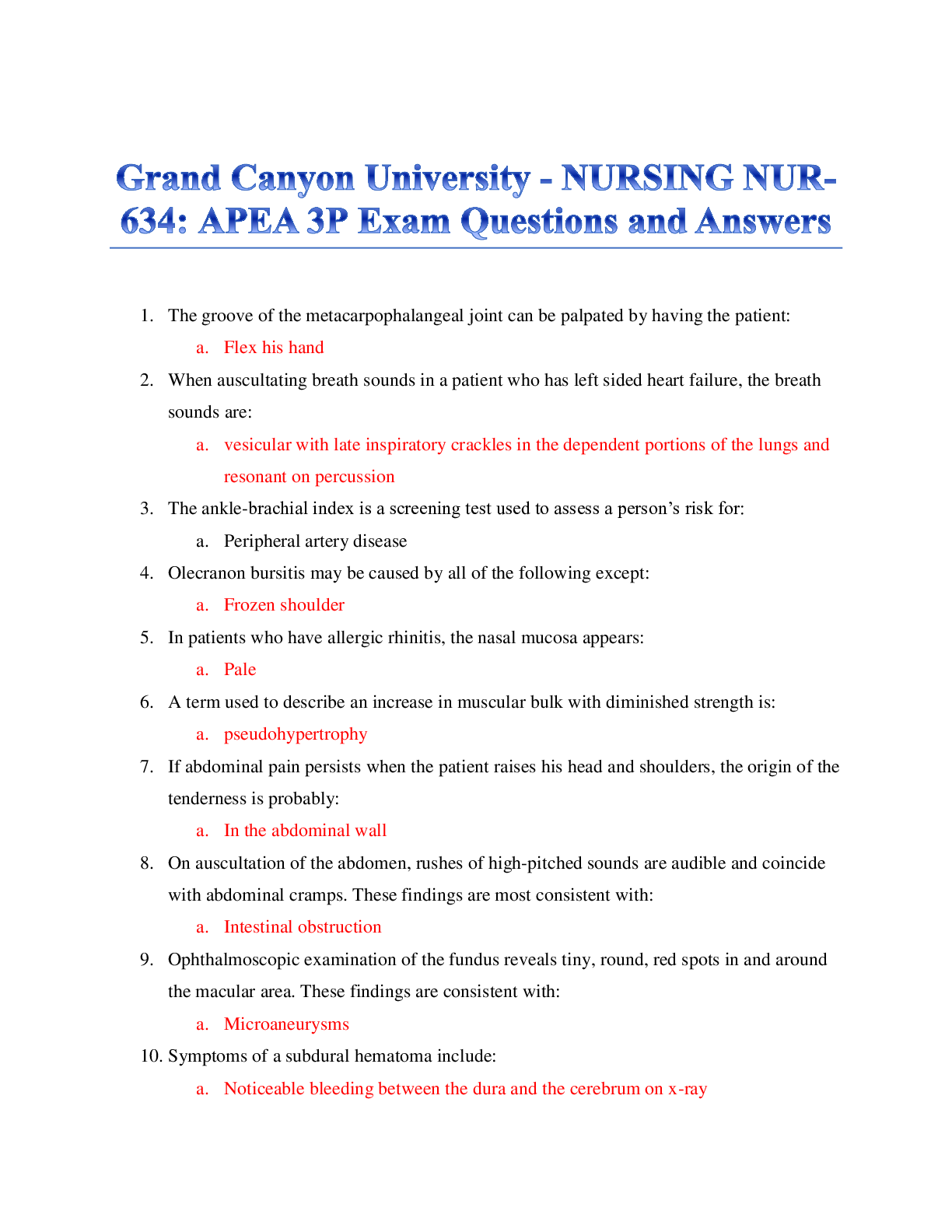
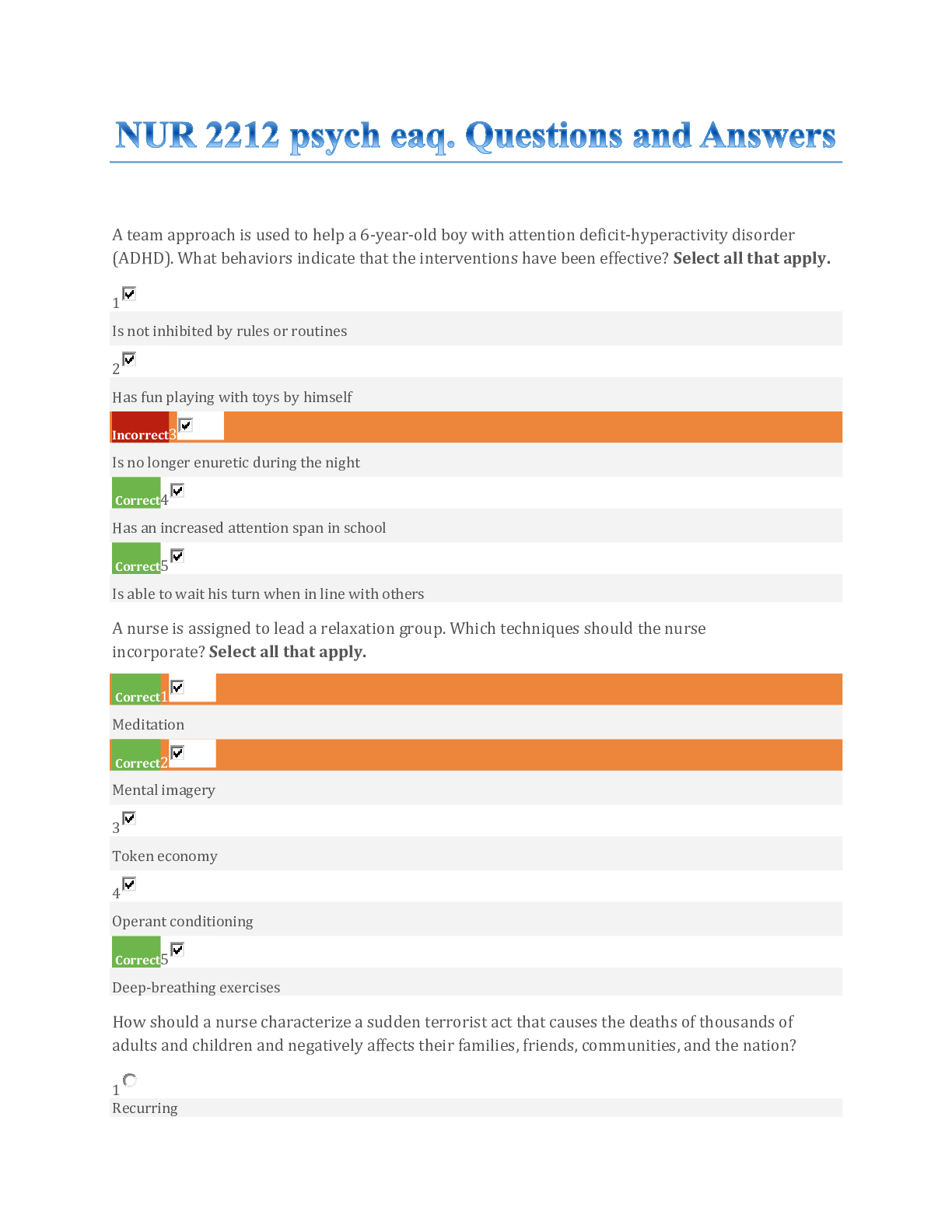






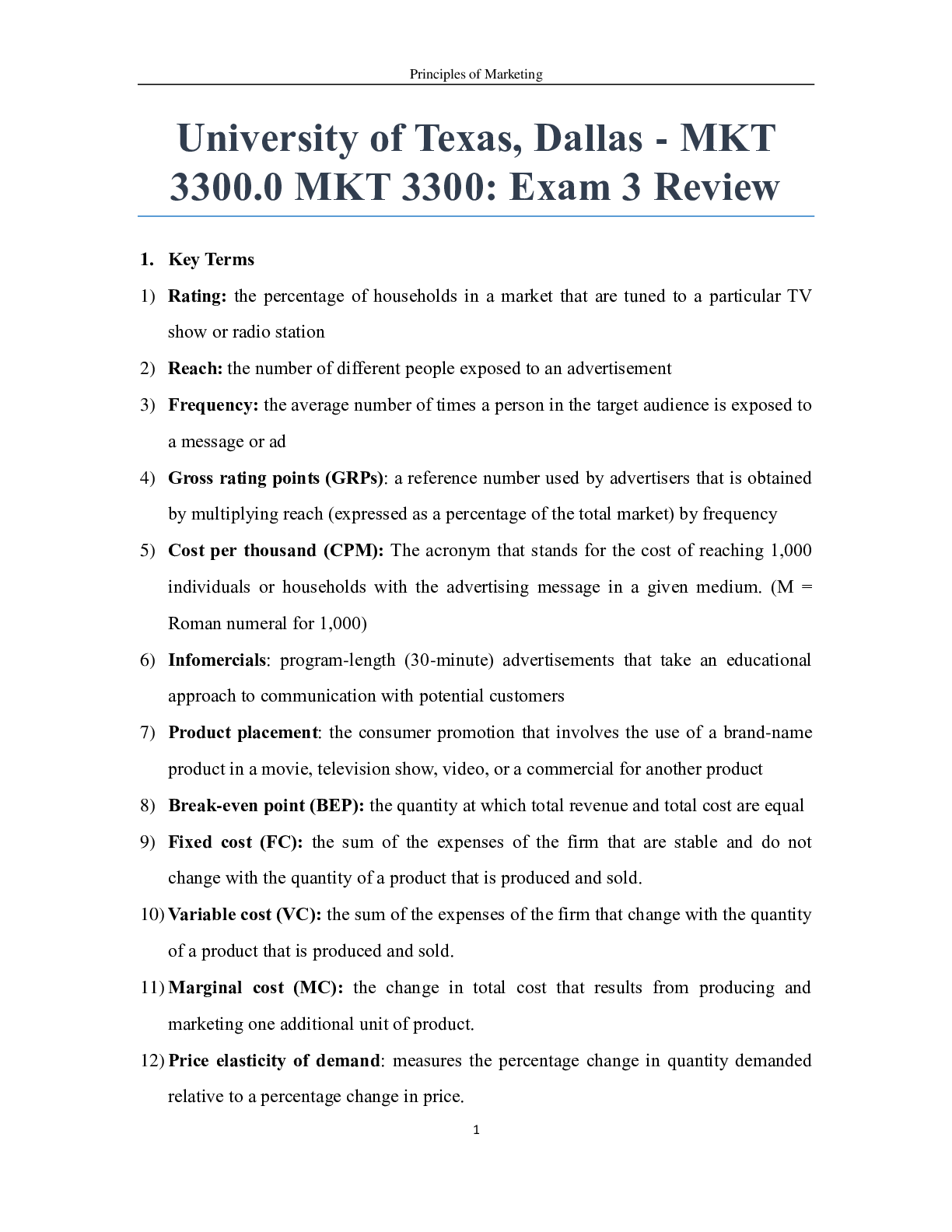
.png)

